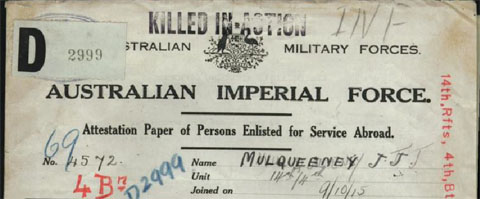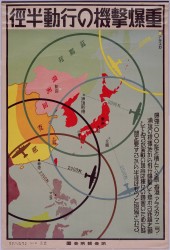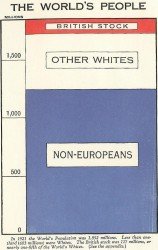Threads
Last night I watched Threads, an extremely affecting BBC film from 1984 about the effects of a full-scale nuclear war on one British city, Sheffield.1 One might say it’s a very British ‘kitchen sink’ approach to the subject, following the lives of two ordinary families during the international crisis (involving Iran — so what else […]




